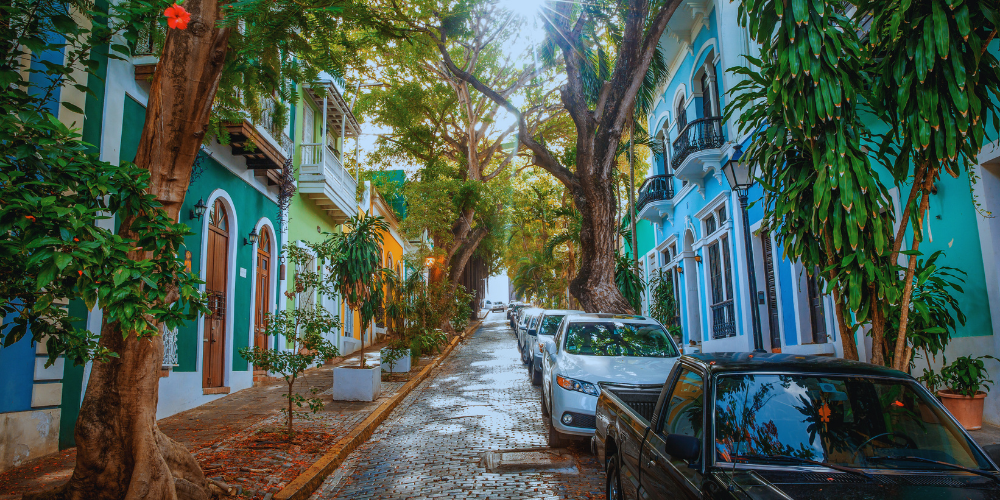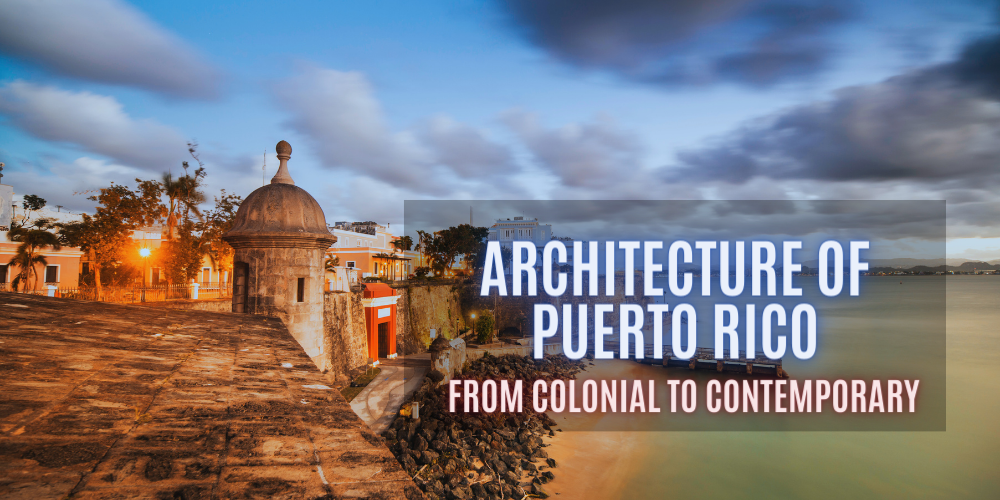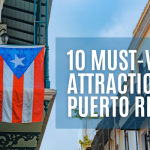Puerto Rico boasts a vibrant and diverse architectural landscape that mirrors its rich cultural heritage. From the robust fortresses of the colonial period to the sleek and sustainable designs of the contemporary era, the architecture of Puerto Rico offers a compelling visual narrative of its history. This blog post explores the evolution of architectural styles on the island, providing travelers with insights to enhance their appreciation and exploration.
Historical Context
Puerto Rico’s architectural styles are deeply influenced by its multi-layered history, shaped by the indigenous Taino, Spanish colonizers, African influences, and later American governance. The convergence of these cultures has forged a unique architectural identity throughout the island.
Colonial Architecture
The colonial era introduced Spanish architectural styles, characterized by sturdy, stucco-walled buildings with flat roofs, inner courtyards, and decorative ironwork. Notable landmarks include El Morro and La Fortaleza in San Juan, both UNESCO World Heritage Sites. These fortifications, built to protect against invasions, showcase the strategic and durable design techniques of the time.
Neoclassical Influences
By the 19th century, as Puerto Rico pushed for more autonomy, neoclassical architecture gained prominence, reflecting new cultural and political aspirations. This style brought more decorative elements such as grand columns, porticos, and ornate facades to public buildings and estates. The Capitolio de Puerto Rico is a prime example, with its majestic domes and columns echoing the ideals of democracy and progress.

Modern and Contemporary Architecture
The 20th century introduced modernism, marked by minimalism and the use of new materials like concrete and glass. Architects like Henry Klumb played significant roles in blending modernist ideals with local styles, adapting designs to suit the tropical climate and cultural context. For instance, the Puerto Rico Convention Center illustrates this blend with its functional modernity and aesthetic appeal.
Sustainable and Innovative Designs
Following Hurricane Maria, there has been a pivotal shift towards sustainable architecture in Puerto Rico. New building projects emphasize resilience, incorporating features such as energy-efficient systems, storm-resistant structures, and the use of sustainable local materials. These initiatives not only aim to withstand future natural disasters but also promote environmental sustainability.
Cultural Significance of Architecture
Puerto Rican architecture transcends functionality—it reflects the resilience and spirit of its people. Contemporary architects often weave elements of traditional Puerto Rican architecture, such as vibrant ceramics and open verandas, into their modern designs. This fusion underscores a reverence for heritage while embracing innovation.
Tourist Guide to Architectural Landmarks
Travelers can deeply engage with Puerto Rico’s architectural heritage by touring regions rich in historical and modern landmarks. Old San Juan is a must-visit for its beautifully preserved Spanish colonial architecture, while newer areas of San Juan display cutting-edge contemporary buildings. Architectural tours offer valuable insights into the significance of these structures and the stories behind them.
Exploring the architecture of Puerto Rico is like walking through a living museum of its cultural and historical evolution. From ancient forts to modern sustainable designs, each building offers a unique story of the island’s past and its forward-looking aspirations.
Have you experienced the architectural wonders of Puerto Rico, or are you planning a visit? Share your experiences or questions in the comments below. For those interested in a deeper exploration, consider joining an architectural tour to uncover the rich stories and designs that define Puerto Rico.








It is always great to come across a page where the admin take an actual effort to generate a really good article. Check out my website UQ9 concerning about Thai-Massage.